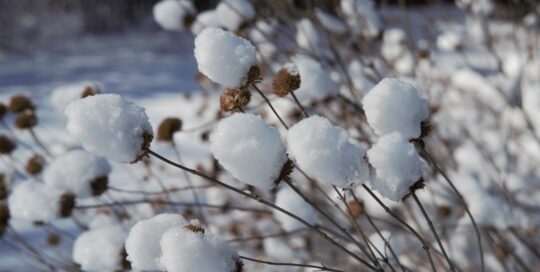Indian Pink: a Great Plant for Hummingbirds
Views: 662
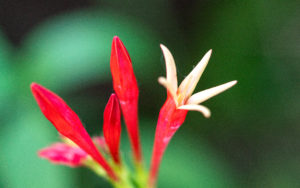
Four years in my new home, and this spring has been spectacular in my yard. It’s hard to get any gardening done because I just want to sit and enjoy what I already have. They like to say, ” the first year, they sleep; the second year, they creep; and the third year, they leap.” Apparently, the fourth year they explode after leaping. I’ve spent more time this year moving things than any year I can remember. Crowding, spreading, reseeding; things are just coming up or located in places that are not appropriate. However, one plant I am very happy with is my Indian pink, a great plant for hummingbirds.
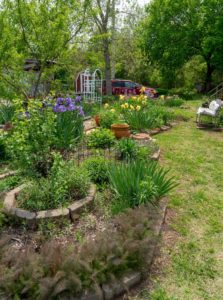
My yard, this spring.
About Indian Pink
Indian pink (Spigelia marilandica L.), is an uncommon plant that is native to the U.S. southeast. It belongs to the family, Loganiaceae. Contrary to its name, it’s flowers are bright red, upright trumpets, with a yellow interior. It’s native habitat is along stream banks and moist woodlands. It forms clumps over time, reaches up to 18 inches high in the wild (one nursery advertises 28-inches), and can compete with other plants that may crowd it. I tried it because I was told it will also do well in dry shade, a rare feature in a hummingbird-attracting flower. During periods of extreme drought, it has gone dormant in my yard, but it consistently roars back the next year. It blooms in spring, with a long-lasting display.

Planting Indian Pink
Indian pink is a perennial in zones 5-9. In my yard, it performs well in part-shade, almost full shade, and full sun. I have planted it in sandy soil and rich loam, and it has done well in both. It does seem to prefer rich nutrients, which seems appropriate given its native habitat. It should do well in woodland settings, beside streams, and in wildflower/pollinator gardens. I plan to try it in a new rain garden; I think it will do fine there. One cultivar available is called “Little Redhead.”
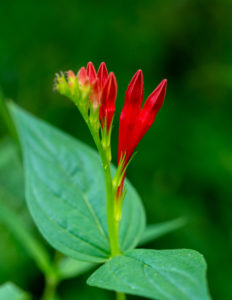
Benefit to Wildlife
As I’ve already mentioned, Indian pink is used by hummingbirds. If you have a shady yard, this plant might draw them in. It will also attract bees and other pollinators. In particular, I have seen small native bees and butterflies using it. It also attracts hummingbird moths such as white-lined sphinxes and snowberry clearwings.
Meet Leslie Miller
Leslie Ann Miller shares 3.5 acres in rural Oklahoma with birds, butterflies and wide variety of animals. She is currently transforming her yard with plantings…
Leslie's Recent Posts
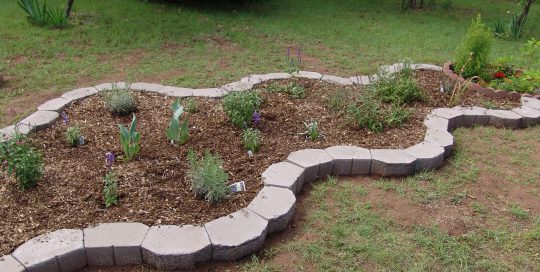
Firescaping 101
